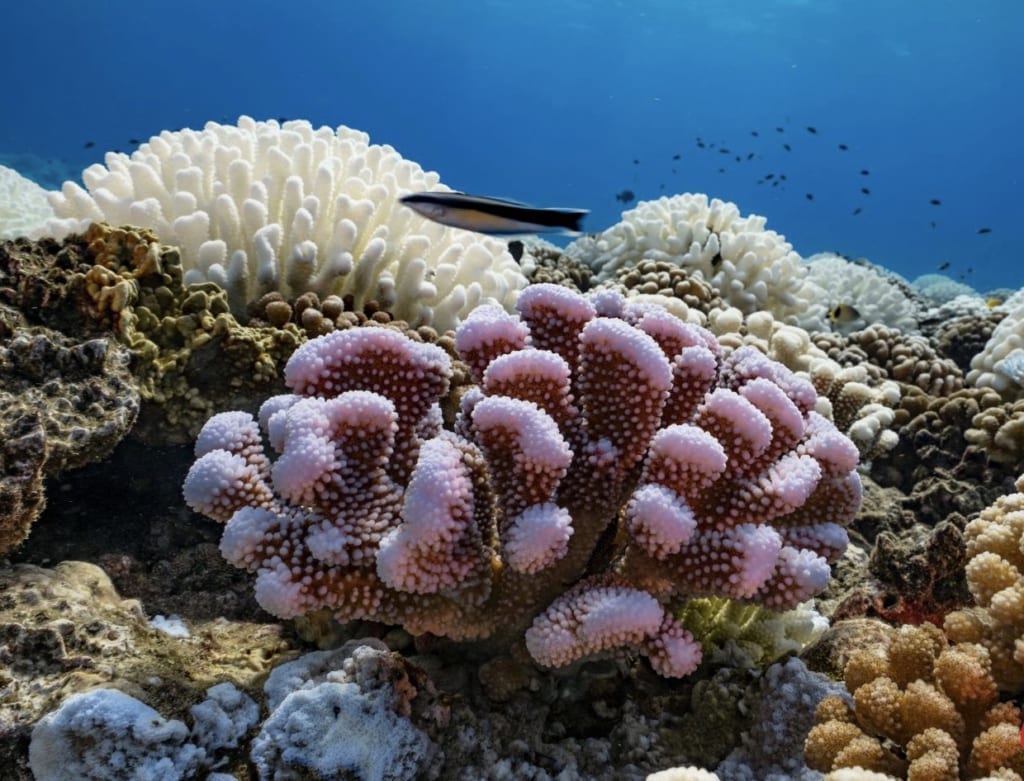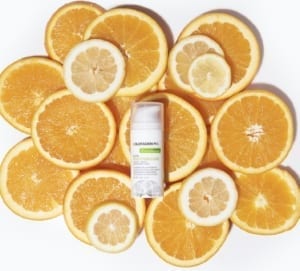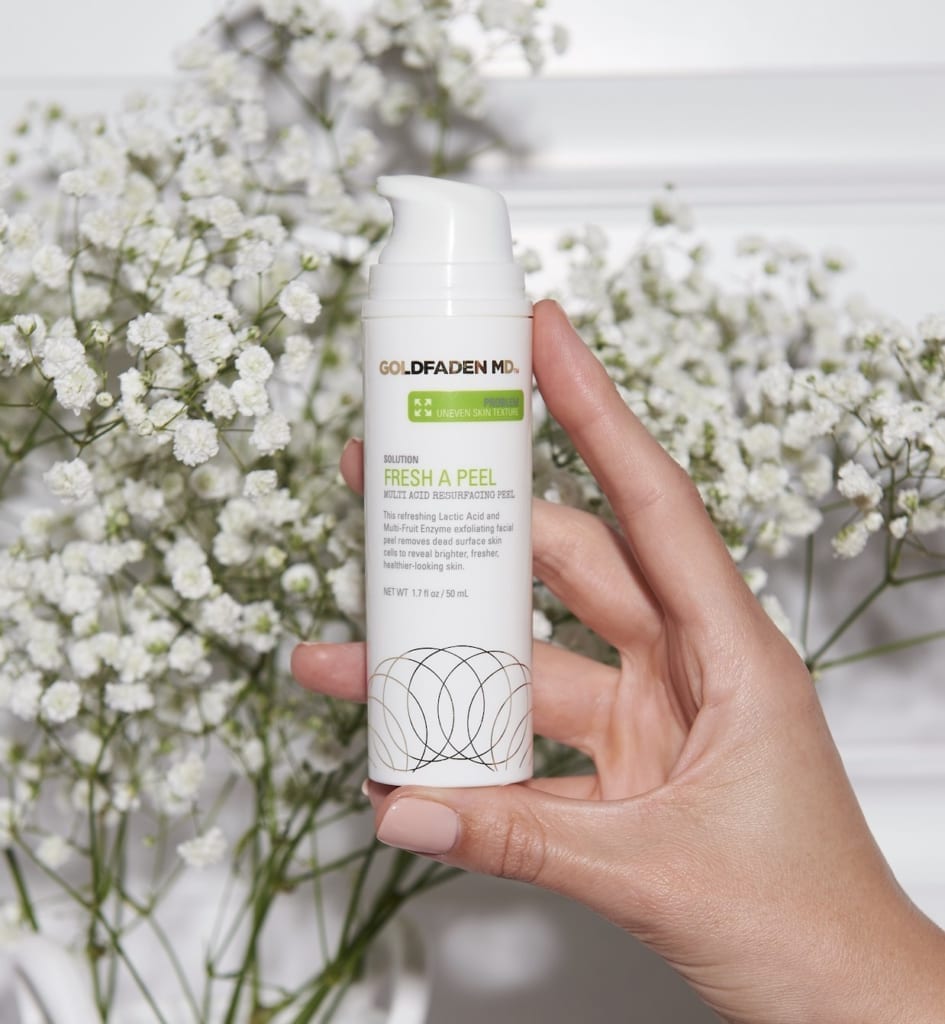With so many conflicting messages about sunscreen types, numbers and ingredients we went straight to the expert on all things sun and skin safety to find out what Dermatologist, Dr. Gary Goldfaden MD recommends for everyone.
Physical sunscreens create a barrier on the skin that filter out UV rays, while chemical sunscreens absorb and scatter the sun’s harsh UV rays. Discover the 411 on Sun Screen breakdown.
What is a physical sunscreen?
A physical sunscreen contains physical blocking ingredients such as Zinc or Titanium oxide. Both of these ingredients sit on the surface of the skin creating a protective barrier from UVA and UVB rays and deflect and scatter damaging UV rays away from the skin. They are white in color and work immediately on application. Another type of Physical block can be clothing.
What is chemical sunscreen?
Chemical sunscreens have to be absorbed into the skin and then they are able to absorb the UV ray. Common chemical sunscreens are made up of ingredients such as oxybenzone, octinoxate, octisalate and avobenzone which create a chemical reaction and work by changing UV rays into heat.
According to Refinery 29, “Chemical ingredients absorb rays instead of deflecting them, and are much lighter on the skin, so they’ve become the more popular pick for brands to formulate around in an effort to make sunscreen people will actually wear. The only problem is that now, years after they were introduced, we’re realising they might not be so safe.The main concern is on oxybenzone and octinoxate, two of the most common sunscreen ingredients that are also toxic for corals. We need the world’s reefs for coastal protection, food, ocean habitats, medicine, and so much more, but experts estimate that 90% of all reefs will be dead by 2050, and sunscreen could play a huge part in that on top of climate change and other stressors. But simply cutting back on chemical sunscreen won’t help — we must completely remove it from the market to see real change. That’s because one study found oxybenzone had a toxic effect on coral at a concentration equivalent to one drop in six and a half olympic-sized swimming pools.

Two live corals are pictured in front of bleached white, dying corals. Experts warn that on our current path, 90% of all reefs will be dead by 2050.
Hawaii governor David Ige responded to these startling facts last year by signing a bill banning the sale of oxybenzone and octinoxate, but Felton notes that others, like avobenzone, could be just as dangerous. “We don’t know,” she says. Key West in Florida and the island nation of Palau have followed, and more states, especially California, are likely soon ban the sale of oxybenzone and octinoxate as well.”
Chemical versus physical sunscreen:
A physical sunscreen is always better than chemical. Chemical sunscreens, due to the nature of having to be absorbed into the skin, can interact and cause irritation, rashes or clogged pores. Another downside to a chemical sunscreen is that the sun has to actually touch and reach the skin, whereas a physical sunscreen is blocking the UV rays from ever touching the skin.
How do we choose?
This is really a personal choice but I always think the more natural the better. You can base this decision on what works best for your skin type and/or your level of health concerns. The best advice for sensitive skin types, who are worried about clogged pores and rashes, would be to patch test a few different types of physical sunscreens as these sit on the surface of the skin and do not penetrate. Remember that clothing is also considered a physical blocker. If you must go in the sun protective clothing, hats and glasses are all recommended in addition to wearing sunscreen.
How much is enough?
The SPF number represents how long it would take the sun’s UV rays to start to burn your skin if you weren’t wearing any sunscreen. So for example, if you’re wearing a 30 SPF, it would take you 30 times longer to burn than if you weren’t wearing SPF. This is also dependent on your skin tone(melanin) and sensitivity to the sun. A good rule of thumb is to reapply every 30 minutes when in direct sun or after being in the water. However, if you’re very fair and or burn easily consider wearing a higher SPF number and applying more frequently as well as wearing protective clothing.
Discover some of our favorite natural sunscreens from Credo. Stay safe in the sun and Happy Summer!


